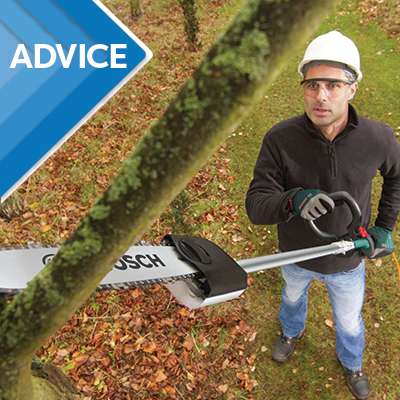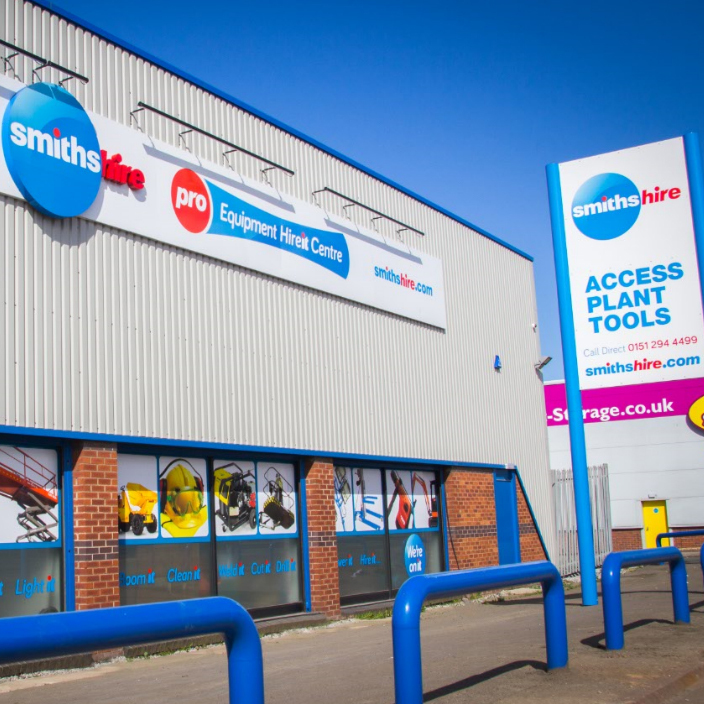It’s the start of November, the nights are getting longer, temperatures are dropping, and the full brunt of Winter is just around the corner. That means it’s the perfect time to give your trees and shrubs a little attention. With most trees dormant, you can clearly see what needs pruning, remove any dangerous limbs, and make sure your garden stays safe and tidy through the colder months.
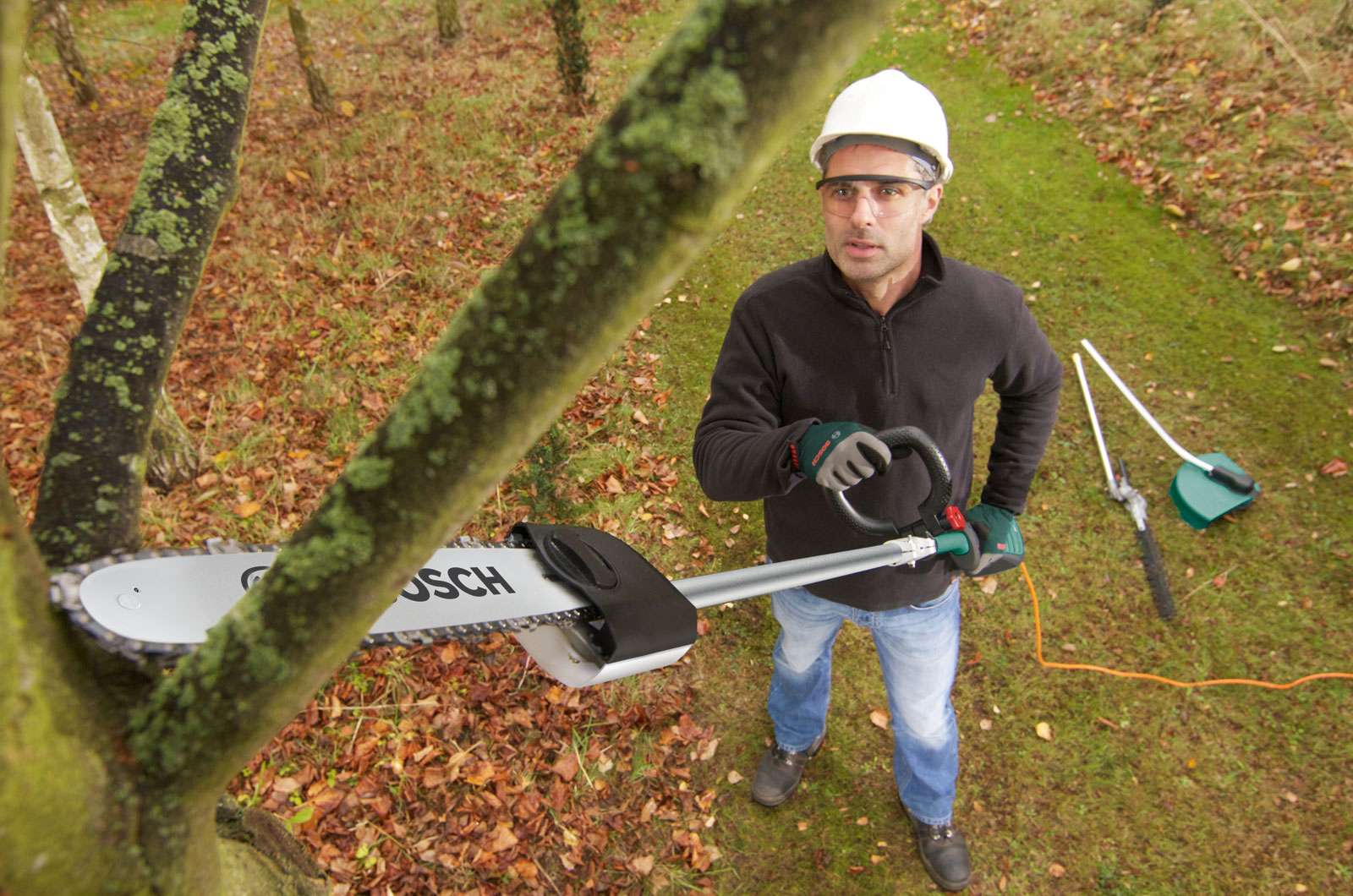
Whether you’re dealing with small branches or high-up limbs, having the right tools and equipment makes the job quicker, safer, and a lot less stressful. At Smiths Hire, we’ve got everything you need from heavy-duty petrol chainsaws and telescopic chainsaws to cherry pickers and mast lifts. Here’s a friendly, step-by-step guide to get your garden ready for Winter.
Remove dead and damaged branches
Dead or damaged branches are one of the biggest Winter hazards in any garden. Snow, ice, and strong winds can quickly turn a weak branch into a serious problem, potentially damaging property, cars, or even putting people at risk. November is the perfect month to start checking your trees and removing these hazards before the worst weather arrives. Taking action now saves you time, stress, and possibly costly repairs later.
Start with a walk around your trees to do a thorough “health check.” Look for branches that are broken, cracked, hanging, or showing signs of rot or fungus. Pay extra attention to limbs that hang over driveways, paths, or buildings, as these are the areas most likely to cause damage if they fail.
For smaller dead branches, a simple pair of pruners or a pruning saw will usually do the job. But when you’re dealing with larger limbs, hiring the right tool is essential. Our Heavy Duty Petrol Chainsaw c/w Safety Kit is perfect for cutting bigger branches quickly, safely, and efficiently.
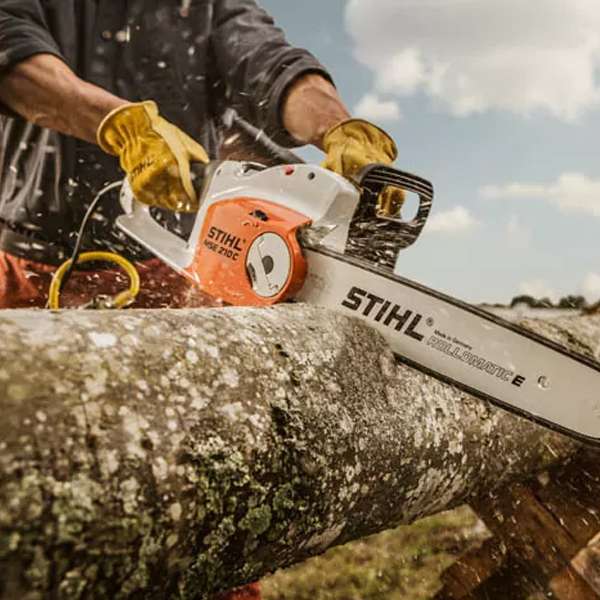
Tip: Always cut just outside the branch collar and, for large limbs, use the three-cut method: undercut, top cut, final collar cut to prevent bark tearing and make sure the tree heals properly.
Thin out overcrowded branches
Once you’ve taken care of dead and damaged branches, the next step is to thin out any overcrowded areas of your trees. Branches that cross over each other, grow inward, or form dense clusters can reduce airflow, block sunlight, and create weak points in the tree’s structure. Pruning these areas now not only improves the tree’s overall health but also reduces the risk of snow and ice damage during Winter storms.
When thinning, focus on removing inward-growing or crossing branches while leaving the tree’s natural shape intact. Avoid removing more than 10–20% of the canopy at once, as taking too much can stress the tree and slow down recovery.
For branches that are too high to reach safely from the ground, our Petrol Telescopic Chainsaw c/w Safety Kit is a lifesaver. It enables you to reach those tricky limbs without climbing, giving you safe, controlled access while still making precise cuts.

Quick tip: Don’t just toss your cut branches aside. Chop them into logs for firewood or mulch them for garden beds. It keeps your garden tidy and also gives you a useful resource for the colder months.
Tackle high or hazardous branches safely
Some pruning jobs are straightforward, but others involve high branches near roofs, fences, or power lines. These are the types of jobs that should never be rushed or attempted with unsafe methods. For anything out of easy reach, hiring access equipment is the smartest move.
At Smiths Hire, we have a wide range of powered access machines for hire, including cherry pickers, mast lifts, and van-mounted options. Whether it’s a 12m cherry picker for taller trees or a vertical mast lift for smaller, tricky jobs, these machines give you a stable platform and a safe working environment at height.

Before you start using any access equipment, make sure the ground is level and stable, check for overhead hazards like power cables or building eaves, and wear full PPE. So that includes helmet, gloves, eye protection, chest protection and chainsaw trousers. It’s also helpful to have someone on the ground spotting while you’re working to make sure you’re in the safest possible conditions.
Clear debris and aftercare
After you’ve finished pruning, don’t hang up your gloves just yet. The job is not quite done. Clearing up all that garden debris is just as important as the cutting itself. Fallen branches, twigs, and piles of leaves might not seem like a big deal, but they can quickly turn your garden into a slippery, messy nightmare if you leave them lying around.
It is easy to think, “I’ll deal with that later,” but leaving branches and leaves in a pile is a recipe for trouble. Once the November damp sets in, that heap will stay wet for weeks, turning into a soggy, rotting mess. Not only does it look untidy, but it can also attract mould and fungus, which might spread to healthy plants nearby. If that pile is sitting on decking, paving, or stone, the moisture can even leave dark stains that are tough to clean off, and no one wants that right before Winter sets in. It is much easier to stay on top of it as you go.
Our best advice is to clear branches and clippings as you work. Stack the bigger bits neatly to one side for firewood, and pop the smaller stuff through a wood chipper. We have wood chippers for hire that’ll make light work of it, turning waste into handy mulch you can use to protect your plants and soil over Winter. It’s cleaner, safer, and a whole lot more satisfying when you can stand back and see a tidy garden at the end of the day.

At Smiths Hire, we have over 50 years’ experience helping DIY enthusiasts and trade professionals get the job done safely and efficiently. With 18 depots across the North West and Yorkshire, including Manchester, Liverpool and Leeds, we are never far away when you need advice, equipment, or just a bit of guidance. We offer flexible hire periods, next-day delivery in many cases, and our team is always happy to help you figure out exactly what tools are right for your project! Don’t hesitate to give us a call on 0333 323 2100!
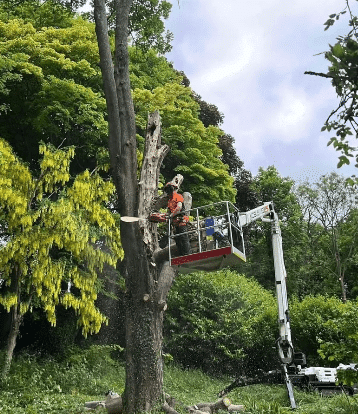

 SPEAK TO US
SPEAK TO US

 My Account
My Account


